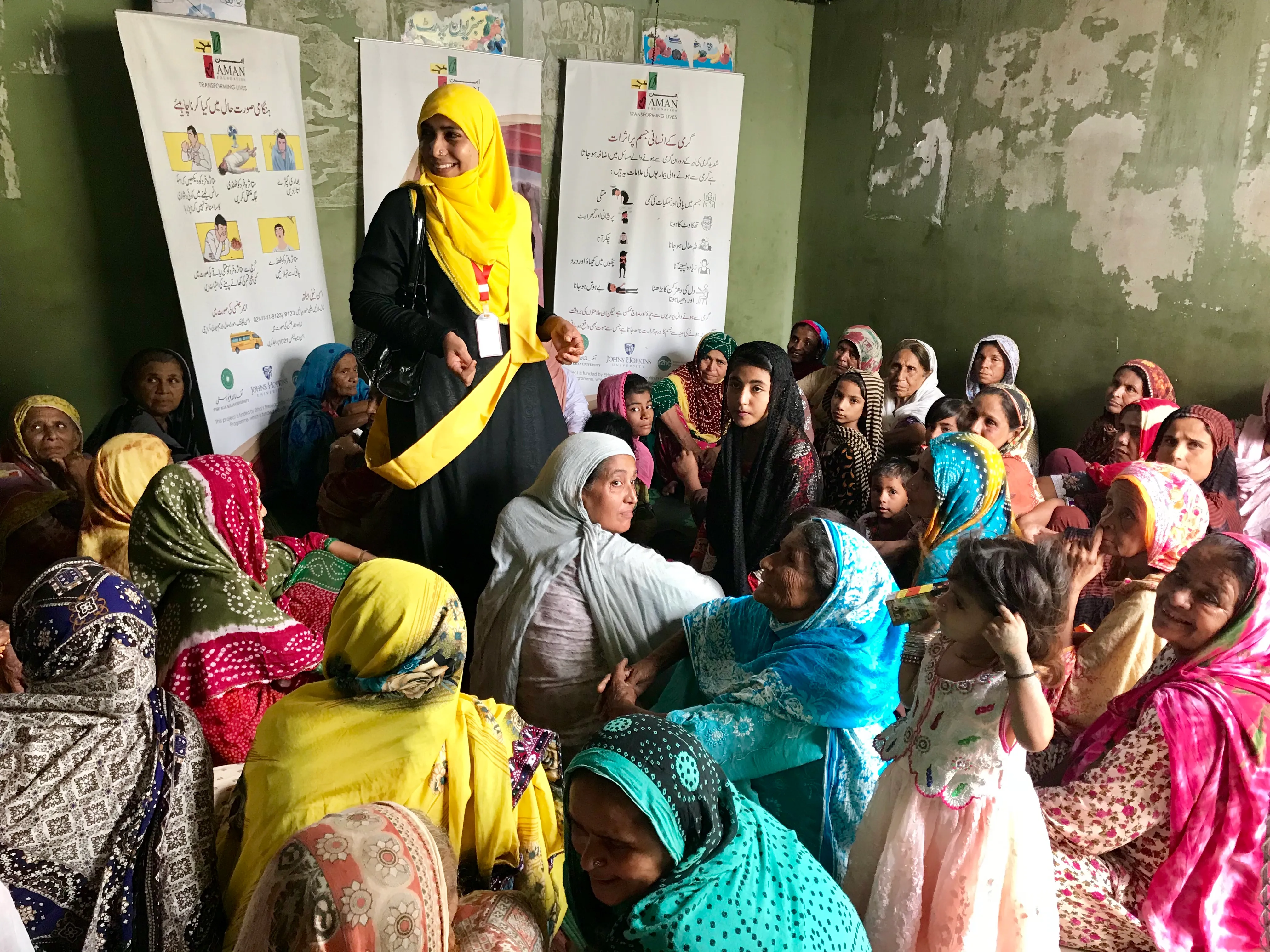Response Innovation Labs – Fostering In Country Innovation

When humanitarian innovation funding sits in global capitals, with major donors allocating funds through global calls, there is an ongoing danger that only certain types of organisations apply for funding. Then, when those international donors must make hard calls on contextual appropriateness far from hands on experience with country specifics – the field slims further. Even after a program is implemented the burden of distant engagement continues, making it difficult to identify and deliver in-context support and scaling strategies.
The Response Innovation Lab (RIL) grew out of in-country experience with these challenges. Piloted in Nepal, the nascent RIL was an in-context lab set up to operate during the earthquake response. I was working as World Vision’s Response Director in the immediate recovery period after the earthquake and it was clear to our team, and many others that we worked with, that there were untapped opportunities to foster and enable country level innovation efforts.
The RIL was built using early learning from this pilot, becoming an inter-agency innovation program where labs work in-country to bring diverse actors together around humanitarian challenges. Our goal is to integrate efforts of diverse organisations in the humanitarian context (like a cluster), but with a focus on in country innovation action. RIL Labs seek to break through silos, testing and scaling innovation challenges that are difficult to serve through distant global innovation initiatives or within the regular humanitarian infrastructure.
Today our global partnership includes World Vision, Oxfam, Save the Children, Civic, George Washington University and Centre for Humanitarian Leadership as Founding Members. With the support of the Humanitarian Innovation Fund, our members and others, we are currently building programs to provide innovation support in humanitarian contexts in Uganda, Somalia, Jordan and Iraq.
In keeping with our country driven model, RIL has only gone to countries where we have been requested to visit. It has been exciting to find that there is real interest from a range of actors who are working on the ground to break the stereotype of ‘field’ humanitarian actors doing the same thing over again. In each country, Directors of INGOs and Local NGOs, UN, telcos, academics, entrepreneurs have provided support for exploring and implementing ways to make innovation a sustainable capability.
The main issue we hear is – How can we create ongoing support for in country innovation? We know innovation isn’t magic, using the words of one of our ThoughtWorks collaborators – “It is a craft, and as with any craft, there are fundamentals to help lead to success”. RIL’s goal is to provide the diverse “fundamentals” needed for this craft, creating the foundational framework needed to link locally driven creative action with a broader global innovation ecosystem.
This could include support for community engaged design processes, M&;E tools that respond to learning and change, or models for transitioning pilots to scale. There is also a largely untapped opportunity to connect with the other potential contributors to a creative effort, helping thinking about what has been done before, drawing on cross sector knowledge, and linking to unusual suspects outside NGOs. Of course, there is also a need to enable flexible in country funding backed by sustained and flexible in country support.
Humanitarian innovation support is often short term and episodic, unduly focused on the quick returns of developing small pilots. We know contextually relevant and appropriate local tools are needed in all other parts of our work, we know humanitarian work needs sustained investment and implementation – why do we assume humanitarian innovation is any different? Too often the sector falls back on private sector innovation processes, a 2 day hackathon or 6 month pilot sprint, which are a poor fit for a country with a small innovation ecosystem, few funding options and limited educational and support capacity. We don’t think that coming into a country for 3 months with a new project, proposing disruptive change, and then leaving again is acceptable in other parts of our work – so why would this be acceptable for innovation projects?
The goal of RIL is to build a better foundation for sustainable in country innovation. Every location has great innovations that would make humanitarian work more effective, timely, appropriate, and cost efficient. It is possible to intentionally build capacity for an innovative humanitarian sector, where innovation is a core part of what we do – but only when there is investment in country led innovation mechanisms, which are on the ground and contextually appropriate. If you share this passion, come join in building this collaborative network!
Stay updated
Sign up for our newsletter to receive regular updates on resources, news, and insights like this. Don’t miss out on important information that can help you stay informed and engaged.
Related articles



Explore Elrha
Learn more about our mission, the organisations we support, and the resources we provide to drive research and innovation in humanitarian response.